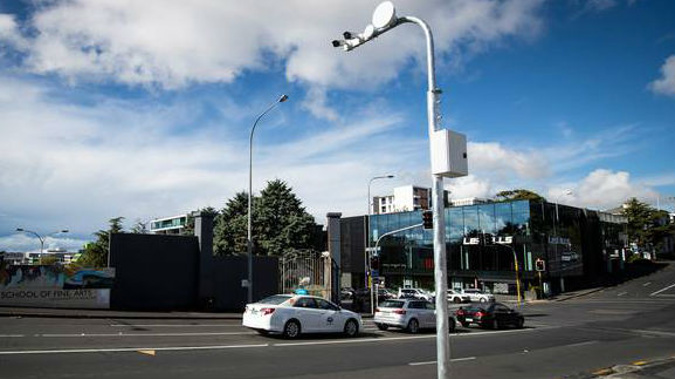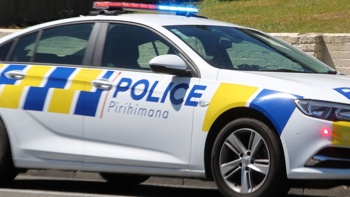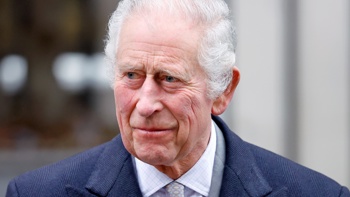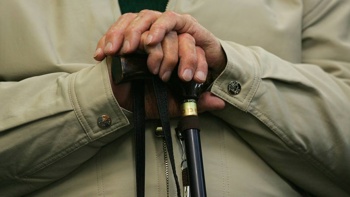
The number of $150 bus lane infringements handed out to Auckland motorists has doubled every year since CCTV was introduced to nab drivers - skyrocketing to $19.8 million in fines last year.
Since 2015, Aucklanders have paid $36,803,250 in fines for driving more than 50m in a bus lane.
The number of infringements has increased by 971 per cent over the past five years.
In 2015, there were 13,642 bus lane infringements across 21 enforced bus lanes in the Auckland region.
By 2019, an increase to a total 26 enforced bus lanes netted 132,455 infringements.
That number is more than double the 50,040 fines in 2018 and amounts to an increase of $12.3m more in fines collected in a single year - from $7,506,000 to $19,868,250.
The annual number of infringements has been doubling since 2017 when Auckland Transport transitioned to a wholly automated CCTV system.
Prior to that, AT officers would patrol bus lanes and hand out fines on the spot in rotating shifts.
But surveillance of lanes was not for the entire duration of their prohibited hours.
/cloudfront-ap-southeast-2.images.arcpublishing.com/nzme/NVHJMWV3HBAJRPTVSVEU5JFO3E.jpg?width=458&height=687&mode=max)
New bus lane cameras near the intersection of Park Rd, and Carlton Gore Rd, in Newmarket, Auckland. Photo / Jason Oxenham
New bus lane cameras near the intersection of Park Rd, and Carlton Gore Rd, in Newmarket, Auckland. Photo / Jason Oxenham
AT group manager parking services and compliance, John Strawbridge, says the increase in fines was directly related to AT parking officers now monitoring the entire bus lane network remotely through CCTV.
"The key change is that we've moved away from an unsustainable practice really which was having our officers standing on the side of the roads in all weathers trying to gain compliance in the lanes," Strawbridge said
"We've moved to a technology platform which is CCTV with the associated analytics. They're providing footage of the vehicles that are committing the infringements and then the officers are remotely based."
Strawbridge said having officers onsite issuing bus lane tickets had been a health and safety concern.
"There was a real wellbeing issue for some time with our officers out on the street. A lot of abuse. A lot of apple cores, water bottles, stuff being thrown at them. Obviously the verbal abuse was all part of the day's work. But a lot of stuff that was unnecessary. Very challenging for them, but for the most part they always did it in good humour."
However, Automobile Association principal adviser Mark Stockdale said the scale of the bus lane infringement increase meant AT really needed to be investigating particular bus lanes that are collecting high fine numbers and reviewing the signage and enforcement hours.
"It's a 1000 per cent increase from 2015 in terms of the number of infringements issued and yet it hasn't been a corresponding increase in the number of [enforced] bus lanes. That's a substantial increase," Stockdale said.
"Certainly it's a large number and we would be concerned where these infringements are occurring and when.
"If there are particular bus lanes and particular times when there is a high level of infringement, then that's a red flag saying there's actually a problem here. That is something the AA would want AT to investigate.
"Otherwise it looks like the goal is revenue and that's what the public will suspect when they see these numbers. They'll say this is outrageous, it's a 1000 per cent increase, it's just about revenue because AT/Auckland Council are short of cash."
Stockdale said "the sign of success" is when AT reduces the infringement rate, not by doing less enforcing or taking away the cameras, but by increasing compliance.
AT said between 1 and 2.5 per cent of traffic travelling down a bus lane road will record an infringement.
/cloudfront-ap-southeast-2.images.arcpublishing.com/nzme/2J7I3UJWTBBMHL7W4HKWEXXNTM.jpg)
Poorly marked bus lane on Khyber Pass in Newmarket, Auckland. Photo / Sylvie Whinray
Between 2018 and 2019, when there was a 165 per cent - $12.3m - increase in fines, the number of Auckland bus users only increased by 15 per cent - from 12,795,948 people to 14,664,727.
The $150 fine amount was set by the Ministry of Transport, but the funds themselves are collected into Auckland Council's budget.
Strawbridge said they have never had any directive from the council to increase ticket revenue, or to set an infringement threshold to collect.
Strawbridge also said initiatives began in November 2019 to review the signage on Auckland's bus lanes and the communication strategy to motorists on when they operate.
"We're working through what other technology can we put in place in terms of advanced warnings, better signage, more clear signage or simplifying signage, whatever it may be. What can we do to inform the public more."
Strawbridge acknowledged there had been noticeable revenue increases collected from bus lane infringement over the past years.
"There's no doubt there are consequential revenue increases with this enforcement, however the bus lanes and the period of operation of those lanes have not changed for the best part.
"As long as we have the frequency of bus services to justify the change in hours it's fair enough.
"I do of course look at this data, and we do care about the optics of this as well. I'm looking at this data constantly and if we're looking at a carriageway that is being enforced and clearly there is a period that is quiet then we can choose to not infringe in that time.
"We always have discretion with these things but the whole idea of compliance is that we actually don't want cars in there."
Take your Radio, Podcasts and Music with you









